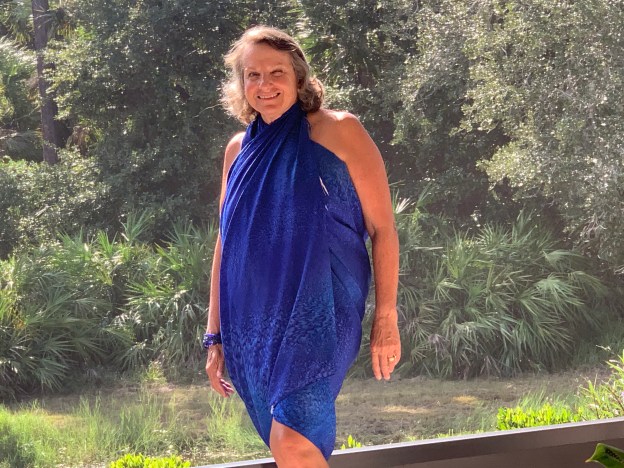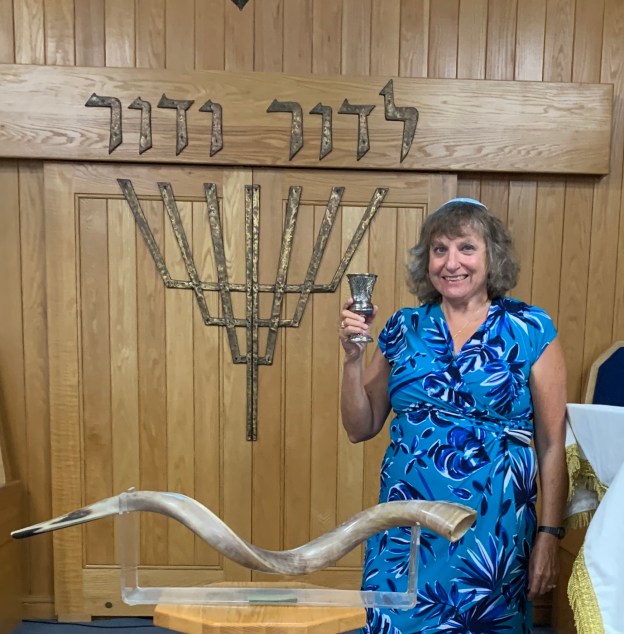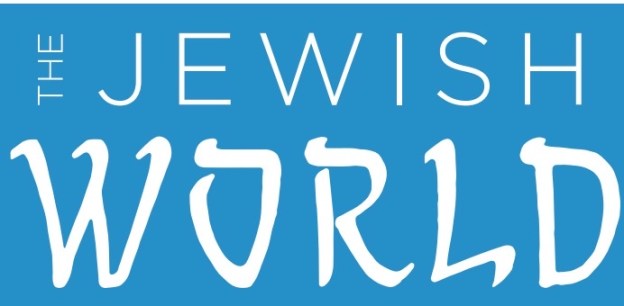As a child, I was in awe of my big sister. Eight years my senior, Laura wore the best clothes (big skirts with tons of crinolines); listened to the best songs (No to Elvis; Yes to Pat Boone and Johnny Mathis); and exuded a confidence that I lacked. It wasn’t until I was an adult, working with Special Olympic athletes, that I gained a greater appreciation for her true gift-her career as a special education teacher. Through the efforts of pioneers like Laura Cohen Appel, the world has become more inclusive and more understanding towards the education of all. The improvements have been massive over many years, as can be seen by these global education statistics here.
A Career Choice
In 1958, Laura, a junior at Keeseville Central High School in upstate New York, was thinking about her future. She knew that she wanted to become a teacher, but she didn’t want to teach “regular” kids. Somehow she knew that she wanted to work with what was then called “the mentally retarded.”
Every April, selected 11th and 12th grade students were given the opportunity to participate in “Student Teacher Day.” She requested to be placed with Alice Benoit, who taught a life skill class for low functioning students. That experience and conversations with Benoit confirmed her career choice.
On the recommendation of Dan Meagan, the guidance counselor, she applied to Geneseo State, a small college located in the Finger Lakes region, and only one of two in the state system offering a degree in special education.
In addition, Geneseo was progressive. According to SUNY Geneseo: From Normal School to Public Ivy, 1871-2007,James V. Sturges, the principal of the Geneseo Normal School, created a special education program as early as 1922. A 1920 act of the New York State Legislature stated that “[e]very school with ten or more ‘subnormal’ or ‘unusually retarded’ children was to provide a specially prepared teacher.” As a result, Sturges included special education in his teacher training curriculum.
Father Uncomfortable
Reflecting his generation’s “unease” with the stigma of “special needs” children, our father Bill Cohen was uncomfortable about her decision. “Why do you want to teach those students?” he questioned. “Why don’t you just want to be a teacher of regular students? (Interestingly, our father later served on the local school board for many years, and he was a proponent of special education programs, thanks in part to his daughter’s work in that field.)
While Laura was junior in college, President John F. Kennedy, whose sister Rosemary had intellectual disabilities, created the President’s Panel on Mental Retardation, which heralded the beginning of federal involvement and fiscal aid to states. His sister, Eunice Shriver, founded the Special Olympics in honor of Rosemary, who had been hidden by her parents in private schools and, then after a lobotomy to “fix her,” placed in an institution for the remainder of her life.
Spring semester of her senior year, Laura was assigned to do her student teaching in Rochester, N.Y. Her first assignment was in a fourth grade “regular” classroom, an experience so horrible that Laura almost quit. My parents insisted she stick it out. Her second assignment in a special education class with a wonderful teacher and mentor again confirmed her career choice.
“A New World”
After she graduated in 1964, Laura took a job in Spring Valley. During that first year of her teaching, special education classes were not held in regular school building. Instead, Laura taught classes in an activities building for a nearby summer camp. A second building held the classes for the physically handicapped as well as a food service program that made student and faculty lunches every day.
Laura and her fellow teachers, left very much on their own, made the decision to divide the classes not by ages, but by abilities, thereby allowing children with similar skills to progress together. For some children, education focused on basic life skills-eating, dressing and bathing, as well as other daily living skills like shopping, banking, phone use and housekeeping. Others showing greater ability were taught skills that were part of a more standard curriculum, including reading, math, history and science.
Teaching special education was a whole new world. Before 1961, the United States did not publicly educate any children with any disabilities. If a child had cognitive or emotional disabilities, deafness, blindness or needed speech therapy, parents had to educate their children at home or pay for private education.
Thankfully attitudes to special education have come a long way since those early days, and now, children can receive help and support to overcome various issues related to speech and communication. Some of these vital services can even be provided at the home of the child. For example, check out infinitetherapysolutions.org to learn more about in home speech therapy in NJ.
Ultimately, parents began the process of securing public education by creating advocacy groups for their children. They met with teachers and politicians. It was not until 1965, when Laura was in her first year of teaching, that President Lyndon B. Johnson began signing off on acts designed to expand public education and its funding purposes.
Changes
Laura continued teaching special education in New York and, after her marriage, in Connecticut. In 1971, she left the classroom to become a stay-at-home mom. Five years later, the family relocated to Phoenixville, Penn., a suburb of Philadelphia.
Changes, meanwhile, were happening in special education As late as 1970, United States schools educated only one in five children with disabilities, and many states had laws excluding certain students, including children who were deaf, blind, emotionally disturbed, or “mentally retarded.” In 1975, however, with the passage of the Education for All Handicapped Children Act, the United States voted to ensure that all children, regardless of their differences, should have access to free public school education. This act helped to bring federal funds into schools to help them create special education for children who did not learn the same way as general education students. The law also gave parents a right to have more of a say in their child’s education. The passage of the law opened the gates for more emphasis on special education.
Inclusion- The New Goal
In 1978, with both of her children in school full-time, Laura began teaching special education in the Phoenixville Area School District, first in the regional educational service agency and eventually in the middle school as a seventh grade resource room teacher.
Embracing new findings that special needs students did better when mainstreamed into classes with non-disabled students, Laura worked with teachers in her team and the administration to transition the students from her stand-alone classroom to general education classrooms during specific time periods based on their skills.
Laura said that children still experienced prejudice not only from the “regular” students but also from some of the old-school educators who believed that “retarded” children didn’t belong in their classroom. As the years progressed, however, Laura has been encouraged to see that many teachers fully embrace the idea of inclusion.
The Education of All Handicapped Children Act continually underwent change and grew into the more expansive Individuals with Disabilities Education Act of 2004. This has become the model of public education that continues today. By the time Laura retired in 2006, most children with intellectual disabilities had been placed in inclusive classrooms where children of all abilities could learn from and with each other. “As a result,” said Laura, “students with special needs feel much less stigma for being in a learning support class.”
The United States has come a long way from locking away students with special needs into institutions, private schools and isolated classrooms. “I feel a great sense of pride that I was part of the generation of educators who helped take students with intellectual disabilities out of the closets, institutions, and isolated classrooms, and put them alongside their non-disabled peers,” Laura said. She indicated that these changes have fostered greater understanding, tolerance, and compassion not only in the classroom but also in the greater society.
Marilyn Shapiro, formerly of Clifton Park, is now a resident of Kissimmee, Fla. A compilation of articles printed in The Jewish World, There Goes My Heart, is available. Marilyn Shapiro’s blog is theregoesmyheart.me.
A version of this article originally appeared in the Jewish World News, a bi-weekly subscription-based newspaper in upstate New York.









